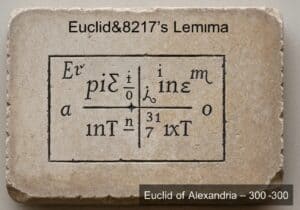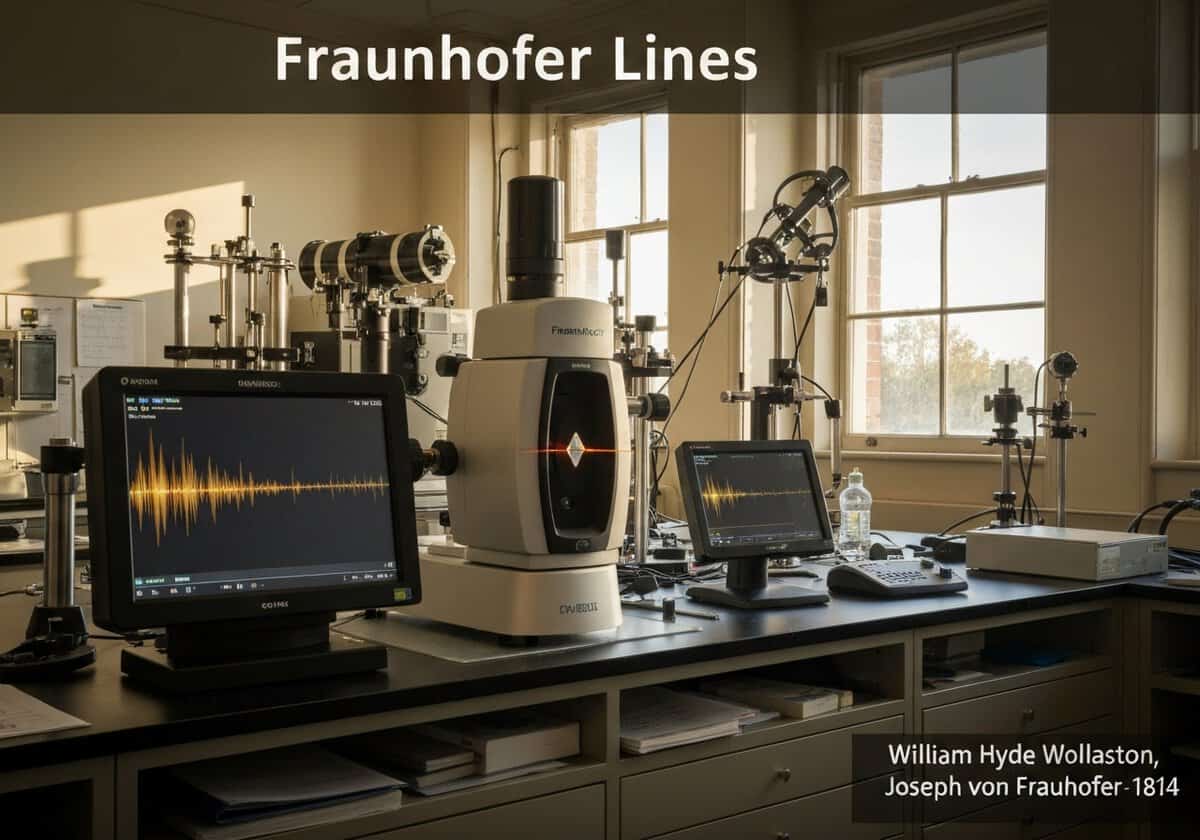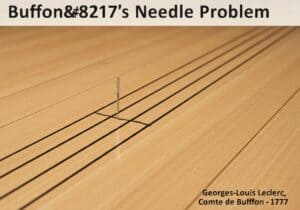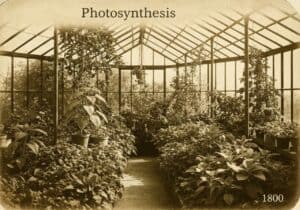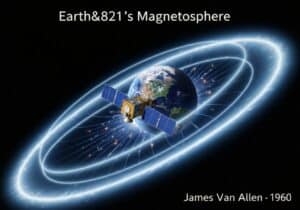Fraunhofer lines are a set of dark absorption lines in the optical spectrum of the Sun. They are the result of specific wavelengths of light from the Sun’s hot interior being absorbed by cooler atoms and ions in its photosphere. Each line corresponds to a particular electron transition in a specific element, allowing for the determination of the Sun’s chemical composition from Earth.
